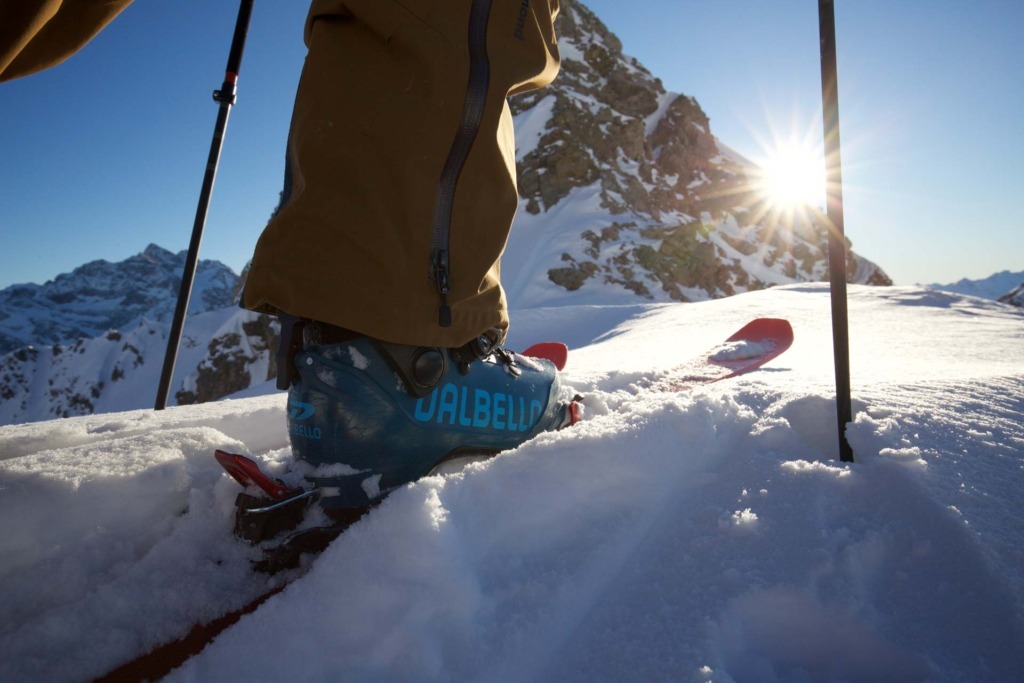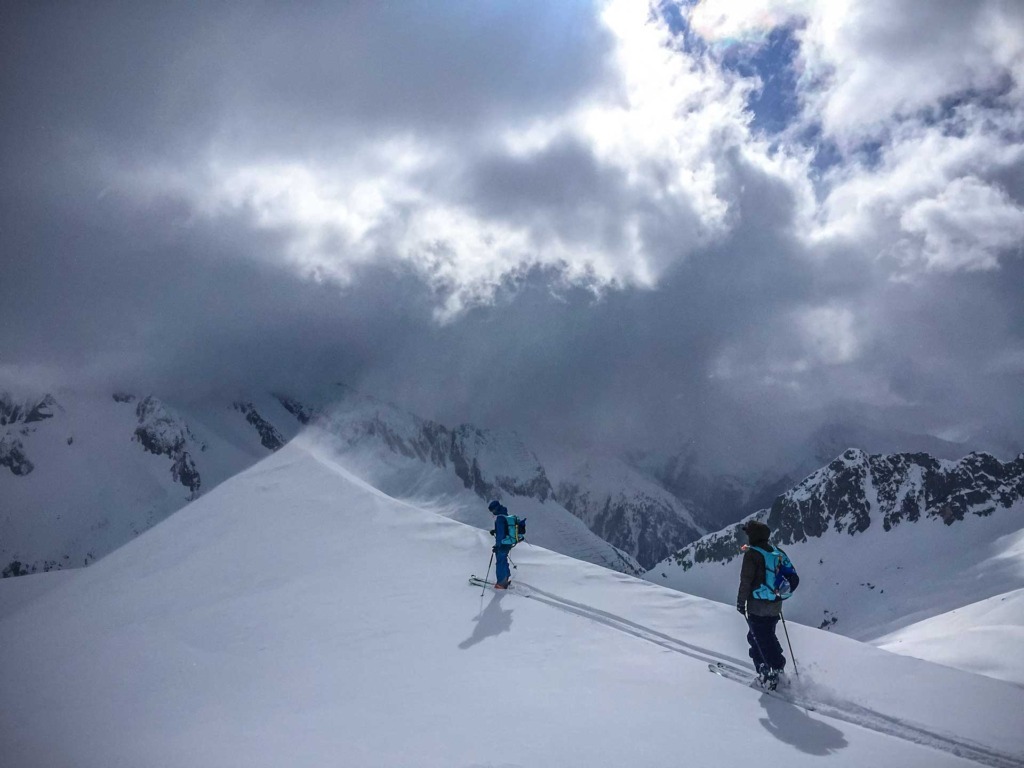Ski touring boots – how to find the right boot
everything you always wanted to know about gear
how to
How to use heel lifters
Most ski touring bindings have heel lifters. The exceptions to this are ultra-light race bindings and old-fashioned bindings from the days of the ski touring pioneers. Heel lifters are a …
Ski touring skins – tips & tricks for “mounting and pulling off”
Ski touring skins tips & tricks for “mounting and pulling off” Putting on and taking off of the climbing skins should be mastered in all weather conditions. Strong winds, massive …
Are you well prepared?


